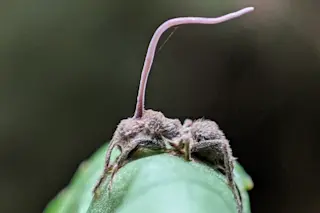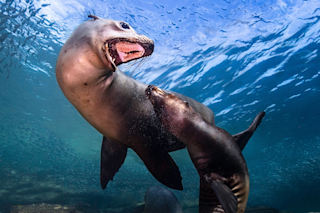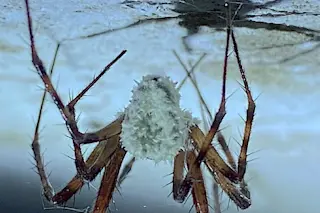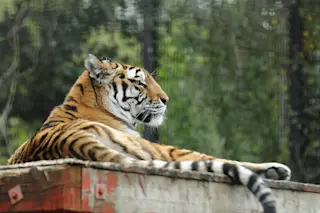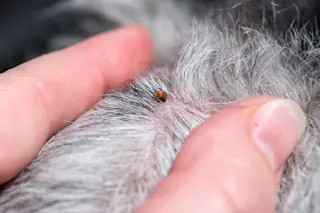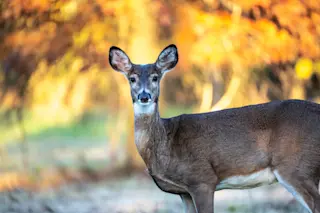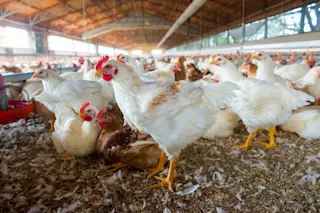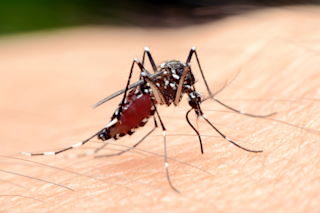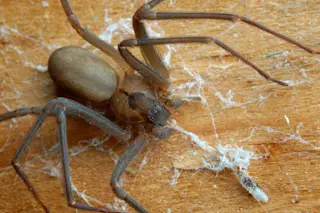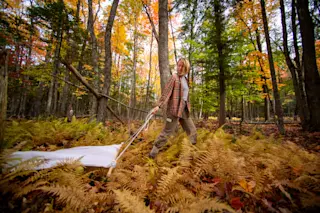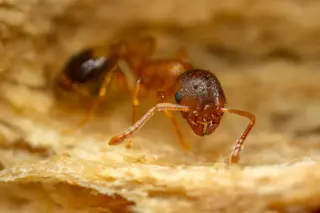
It's a scene straight out of a horror film - you look around and see dead bodies everywhere. They haven't just been killed either, they've been hollowed out from the inside-out leaving behind grotesque mummified shells. What would you do if you were confronted with such a macabre scene? Flee? Well, if you were an aphid, you'd probably just feel relieved and go about your business. Aphids, it seems, find security among the corpses of their peers.
Aphids, like almost all insects, are the targets of parasitic wasps that implant eggs inside their bodies. On hatching, the wasp grubs use the aphid as a living larder and eat their way out, leaving behind a mummified aphid-shaped husk.
These husks ought to be (quite literally) a dead give-away that parasites are afoot, valuable intel for any animal. But far from treating these bodies as a sign of danger, aphids actually see them as a reason to stick around. As Fievet says, "In human history, mummies had long been known to protect the dead; our study shows that in nature, mummies can also protect the living."
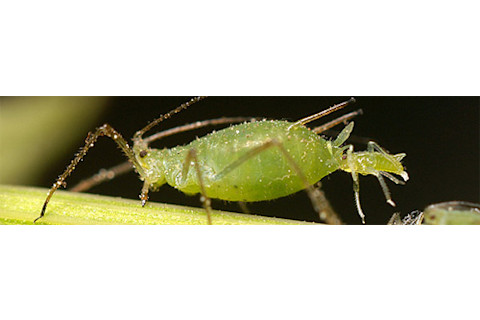
When food is scarce or danger abounds, aphids respond by producing winged offspring that can fly off to better, less threatening homes. They certainly react in this way when directly faced with parasitic wasps. Virgil Fievet from BIO3P wanted to see if they would do the same when surrounded by the mummified remains of their peers.
They placed individual grain aphids (Sitobion avenae) in cages, either alone or surrounded by mummies produced by the body-snatching wasp Aphidius rhopalosiphi. Unexpectedly, the aphids produced fewer winged offspring in the presence of the corpses, and the more corpses, the fewer fliers. Even if the mummies were placed on an adjacent plant, the aphids still behaved in the same way, investing in young that stayed put rather than left home.
It turns out that the aphids are not the only ones that glean information from the mummies. They're a message to the wasps too and apparently, they say "It's not worth it." When Fievet placed female wasps in a glass cage with aphid-infested plants, he found that they abandoned plants with 5 mummies and 10 healthy aphids more quickly than those with just 10 healthy aphids. While searching for their prey, the wasps bumped into fewer living aphids when the mummies were around, although whenever they found one, they were just as likely to attack it.
All in all, the aphids were actually safer among their deceased peers. In a group of 10 healthy individuals, an average of 75% were injected with eggs before the wasp flew away. If 5 mummies were present, just over half of the aphids were parasitized.
Fievet thinks that from the wasp's point of view, the dead aphids are a sign that this particular plant had already been mined for bodies. To avoid competition for other individuals, they soon flew off to find another group of aphids to attack. Perhaps, they were even trying to avoid the dangers of hyperparasites - wasps that attack other species of parasitic wasps.
The aphids meanwhile do a simple risk assessment and conclude that it's better to hide among the bodies of former peers than to find new, uncharted territory. Fievet has named this phenomenon the "dead zone effect" and he suggests that it may be found elsewhere in nature.
Wolves, for example, leave behind the carcasses of elk they have killed. Wolves are territorial hunters and to other elks, the presence of a fresh kill might indicate that the local hunters are temporarily satisfied. It might actually be better for them to stay close by than to move to an area where the local wolves may be hungrier. That will obviously need testing. For the moment, there is just one good example of the dead-zone effect but it's a strong one.
Reference: V. Fievet, P. Le Guigo, J. Casquet, D. Poinsot, Y. Outreman (2009). Living with the dead: when the body count rises, prey stick around Behavioral Ecology DOI: 10.1093/beheco/arp014
More on aphids: Aphids get superpowers through sex


